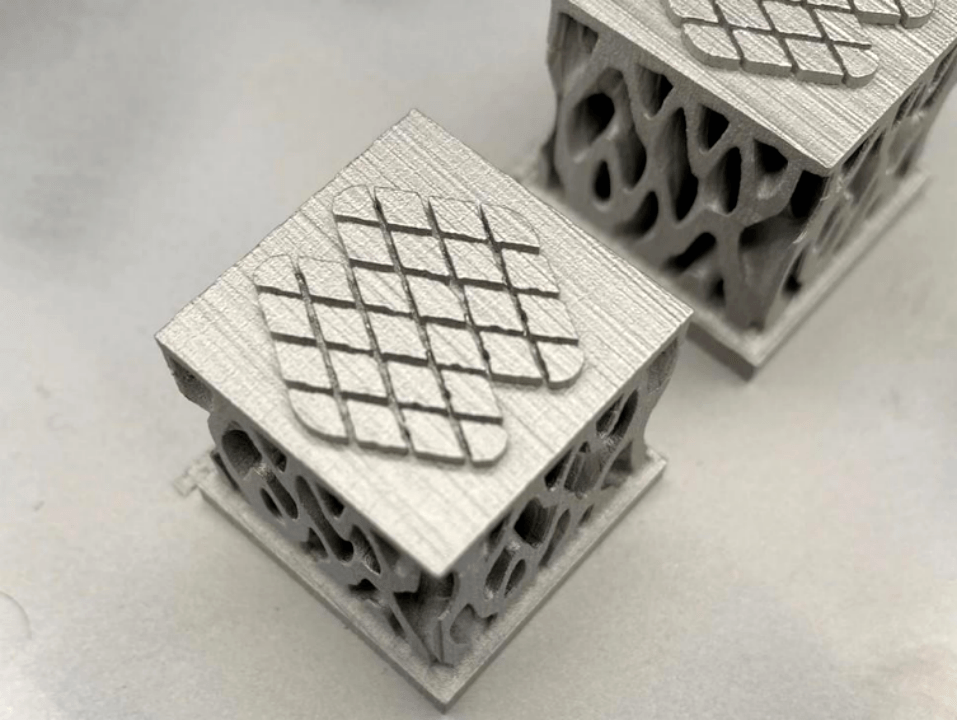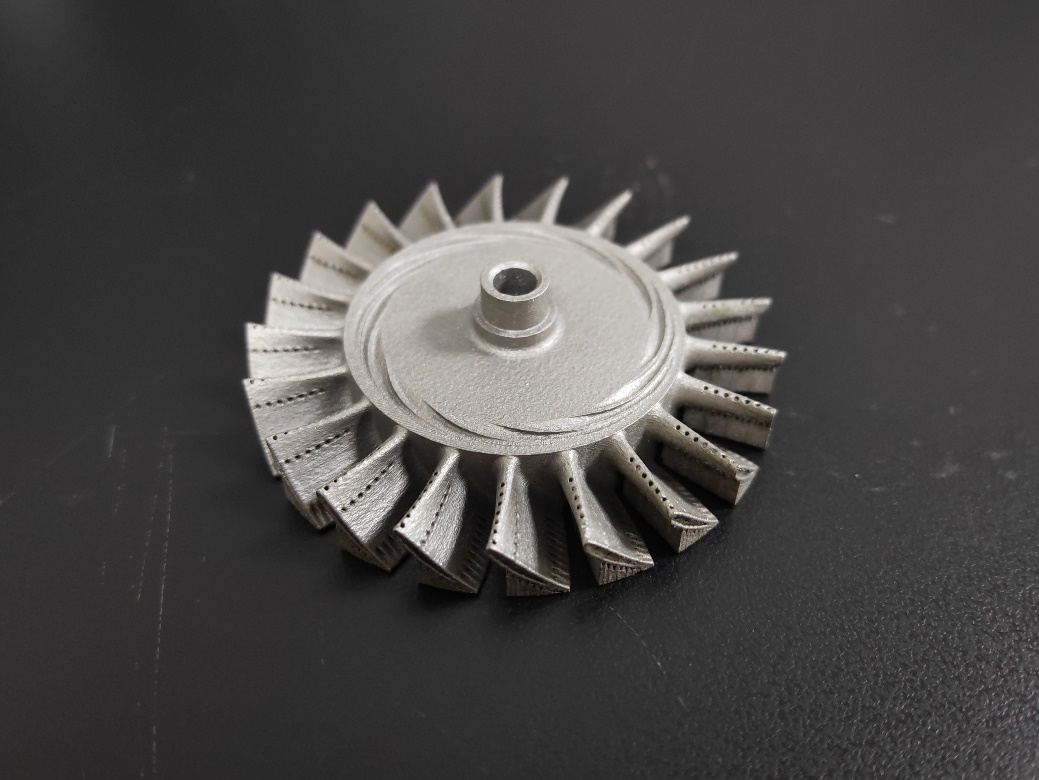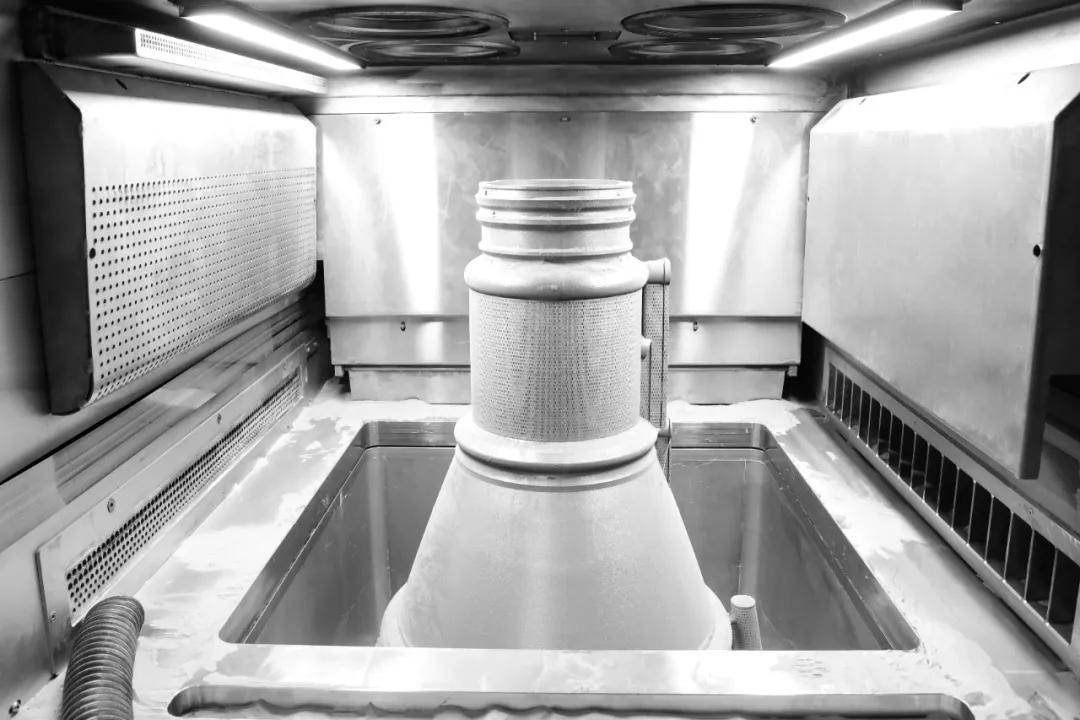What are the most common 3D printing technologies used for titanium?
What Are the Most Common 3D Printing Technologies Used for Titanium?
Powder Bed Fusion (PBF)
Powder Bed Fusion is the most widely adopted technology for titanium 3D printing. It offers excellent resolution, high part density, and support for intricate geometries. The two main variants used for titanium alloys are:
Selective Laser Melting (SLM): Uses a laser to fully melt titanium powder (e.g., Ti-6Al-4V, Ti-6Al-7Nb) layer by layer. SLM is ideal for aerospace, medical, and high-precision structural components.
Electron Beam Melting (EBM): Operates in a vacuum with an electron beam, suitable for printing titanium parts with reduced residual stress. EBM is especially useful for medical implants (e.g., Ti-6Al-4V ELI) and large structural components.
Directed Energy Deposition (DED)
Directed Energy Deposition (DED) uses a laser or electron beam to melt titanium wire or powder as it’s deposited. DED is well-suited for:
Repairing existing titanium parts (e.g., turbine blades, molds)
Building large-format components
Functionally graded material transitions
It’s commonly used in aerospace and defense industries for heavy-duty, high-performance applications.
Electron Beam Additive Manufacturing (EBAM)
Electron Beam Additive Manufacturing (EBAM) is a wire-fed DED process that’s ideal for very large titanium structures such as aerospace frames or defense vehicle parts. EBAM enables rapid deposition of kilograms of titanium per hour, reducing manufacturing time for large, low-complexity parts.
Hybrid Additive-Subtractive Systems
Titanium parts often require high dimensional accuracy and smooth surfaces, which additive processes alone may not achieve. Hybrid systems combine titanium 3D printing (typically via DED) with integrated CNC machining to build and finish components in one setup. This is particularly valuable for precision-critical aerospace or medical devices.
Recommended Titanium 3D Printing Services
Neway offers comprehensive solutions across all titanium printing technologies:
Ti-6Al-4V (Grade 5): For aerospace and structural components
Ti-6Al-4V ELI (Grade 23): For medical implants and surgical applications
Ti-6Al-7Nb: For biocompatible orthopedic components
Heat Treatment and HIP: For enhancing strength, fatigue life, and internal density
CNC Machining: For achieving final tolerances and surface quality



